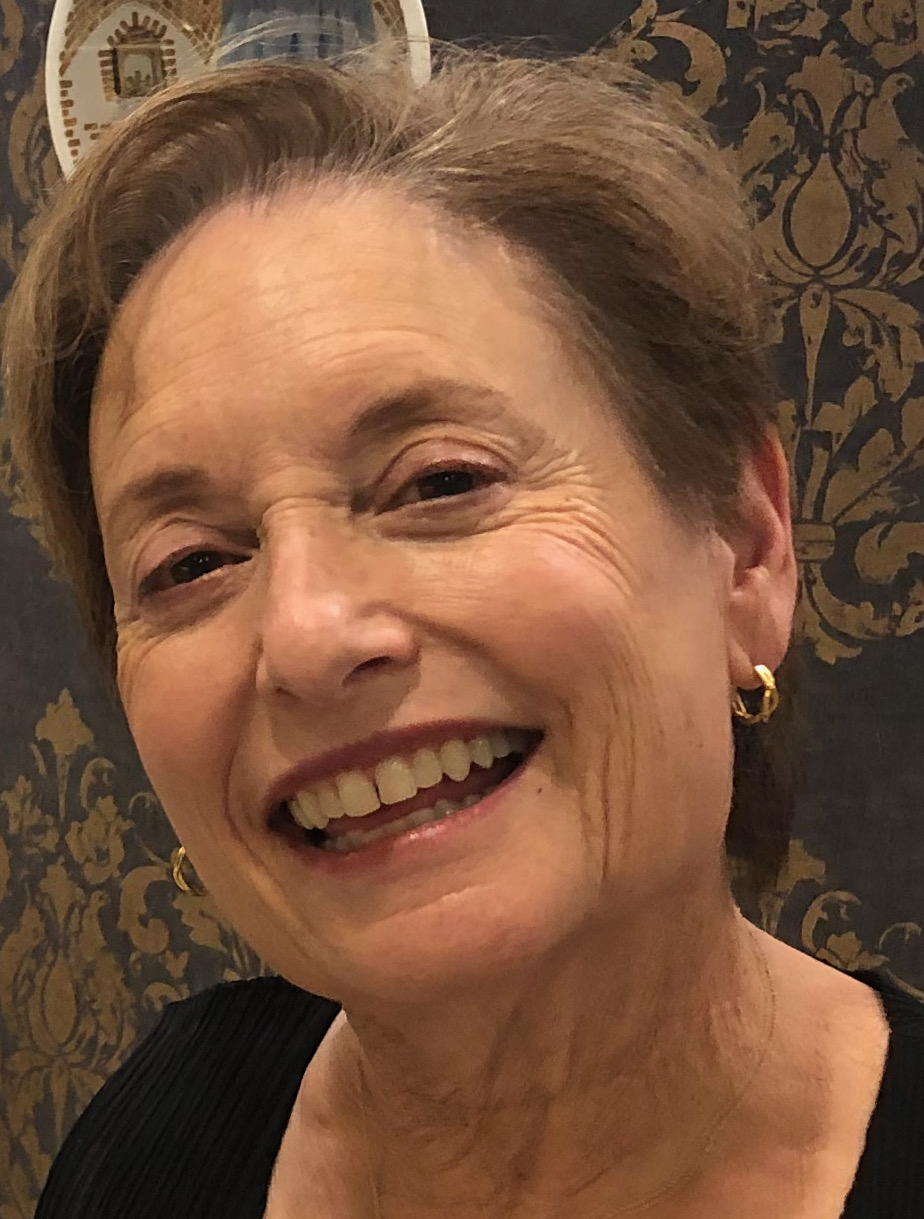
Img:
tortugadatacorp
How Emotional and Relational Strengths Helped the Golden State Warriors Win a Championship
How much do positive team dynamics matter in sports? Psychoanalyst Joan Sarnat argues that they can be crucial in helping a team become champions.
I have been astounded by the systematic neglect of the importance of emotional and relational strengths when it comes to predicting winners and losers in team sports such as basketball. This disconnect was dramatically obvious in media predictions about this year’s Golden State Warriors (my home basketball team) championship run.
None of the “experts” predicted that the Warriors would win this year’s NBA championship. They said that the Warriors weren’t big enough, athletic enough, or talented enough to win a championship. Especially since the Warriors’ three core players were “past their primes” and the Warriors’ three core players had only played together for a grand total of 11 minutes during the 82-game regular season. Coach Kerr hadn’t even settled on an opening lineup when the playoffs began!
The sports analytics websites, using sophisticated formulas to generate predictions, gave the Warriors very long odds. Even after the Warriors, defying all predictions, made it to the NBA finals, Five-Thirty-Eight.com still only gave the Warriors a 20 percent chance to beat the Celtics, who were assessed to have huge size and athleticism advantages.
Nonetheless, the Warriors did, indeed, win the championship, their fourth in seven years. How did they manage this? In my view, the emotional and relational qualities of this team made the difference.
How teammates feel toward one another and treat one another matters more in basketball than in some team sports, because winning depends upon a sophisticated level of team collaboration. A team that can make intuitive “reads” and anticipate what their teammates will do next, has a distinct advantage. This is not true to the same extent for baseball, for example, whose structure creates less dynamic interdependence of players, and fewer every-one-involved interactions.
Teams in the NBA vary in how much they cultivate collaboration. Some teams settle for keeping the ball in the hands of one or two superstars. In contrast, the Warriors’ motto is “Strength in Numbers.” They describe themselves as a “we” team, not a “me” team, a style of play that is extremely difficult to defend. What does it mean to be a “we” team?
Inter-player trust is the essential glue of any “we” team. The Warriors’ switch-heavy defensive strategy and ball-movement-heavy offensive strategy succeeds or fails based on the team’s capacity to work together, trusting one another to share both defensive assignments and offensive touches on the ball.
Also essential for a successful “we” team is high morale. Warriors’ teammates support, teach, and celebrate one another on-camera, and, according to journalistic sources, off-camera as well. Steve Kerr preaches joy as an essential element of success, and Curry is an apparently bottomless font of joy in the locker room and on the basketball court.
Players accept pay cuts to join this team, and lower-than-market raises to stay on the team, knowing they will enjoy being part of the team and also likely improve their game—and their market value-- in the process. Player longevity develops an intuitive connection among players, making possible the complex, hard-to-defend-improvisational style of play that Coach Kerr, a long-term leader of this team, prefers.
Psychoanalyst Lewis Aron offers a formulation that may explain why Coach Steve Kerr has been such an effective coach for this team. Aron reasoned that the analyst who can accept that he or she struggles with the same psychological limitations as does the patient-- that both are unconscious of many of their motives, avoid pain while being unaware that they are doing so, have fantasies about the other person that are not in keeping with reality--is able to create a more generative therapeutic relationship. The therapeutic relationship takes on a mutually respectful and egalitarian tenor, even in the context of the analyst’s greater expertise in understanding the mind and relationships. He called this kind of relationship mutuality in the context of asymmetry, and I would argue that the value of this kind of authority-relating extends beyond the therapeutic relationship to the coaching relationship.
Kerr’s leadership relationship with his team can be viewed as one of mutuality in the context of asymmetry. Because Steve himself was a player on championship teams for years, he often emphasizes communality between himself and his players, rather than positioning himself as “the boss.” This past season, for example, he invited core veteran players (Steph, Klay Thompson, Draymond Green and Andrew Wiggins) to weigh in on deciding who should complete their starting line-up in the playoffs. (They opted for Kevon Looney). At the same time, Kerr brings appropriate authority to his role, a necessary counterbalance of asymmetry. He has no difficulty saying to his players, “You must earn your minutes. To succeed you must embrace the role we need you to play and do the work to develop the skills that help us win.”
As their central player, Curry leads by example, demonstrating a strong work ethic, belief in oneself, respect for others, and playing with a kind of joyful abandon. He models high expectations paired with a realistic attitude. He was taped saying to his teammates, as they headed to the floor at the start of a crucial NBA Finals game, “We need to be great for 48 minutes! Not perfect, but great!”
Psychoanalyst Wilfred Bion calls the team attitude that Curry cultivates a “workgroup mentality.” He explains that this shared state of mind is essential to healthy group functioning. Teams that function as a “workgroup” face reality, confront difficulties directly, accept that life is less than perfect-- and that basketball teams are too. As a result, team members begin to do the less-glamorous work of defending and rebounding; or to accept and move on from referees’ calls that don’t go their way, without losing focus; or persist in playing hard even when the opponents’ shots are dropping and theirs are not.
I have come to believe that these positive team dynamics are the secret sauce that makes the Warriors winners. As salary-cap pressures, requiring trading important players, begin to impinge on the “holding environment” that its owners have heretofore provided, it remains to be seen if those dynamics can endure.
 Joan E. Sarnat, Ph.D., ABPP
Joan E. Sarnat, Ph.D., ABPP is a personal and supervising analyst and member of the faculty at the Psychoanalytic Institute of Northern California (PINC). Her review of I. Hirsch et al, Psychoanalytic Perspectives on Intense Involvement in Sports appears in the current issue of The Am. J. of Psychoan. (28, 2, 2022). Dr. Sarnat co-authored, with Mary Gail Frawley-O'Dea, The Supervisory Relationship (Guilford Press, 2001). Her second book, Supervision Essentials for Psychodynamic Psychotherapies (American Psychological Association, 2016), was published in tandem with a DVD for the APA series, Supervision Essentials. Dr. Sarnat is in practice in Berkeley, California.

Return to
Everyday Psychoanalysis Blog